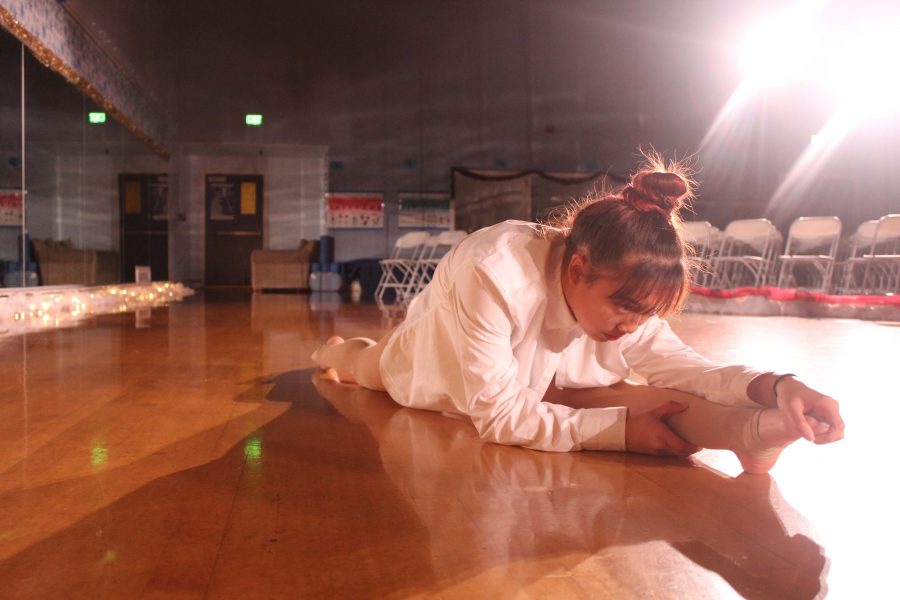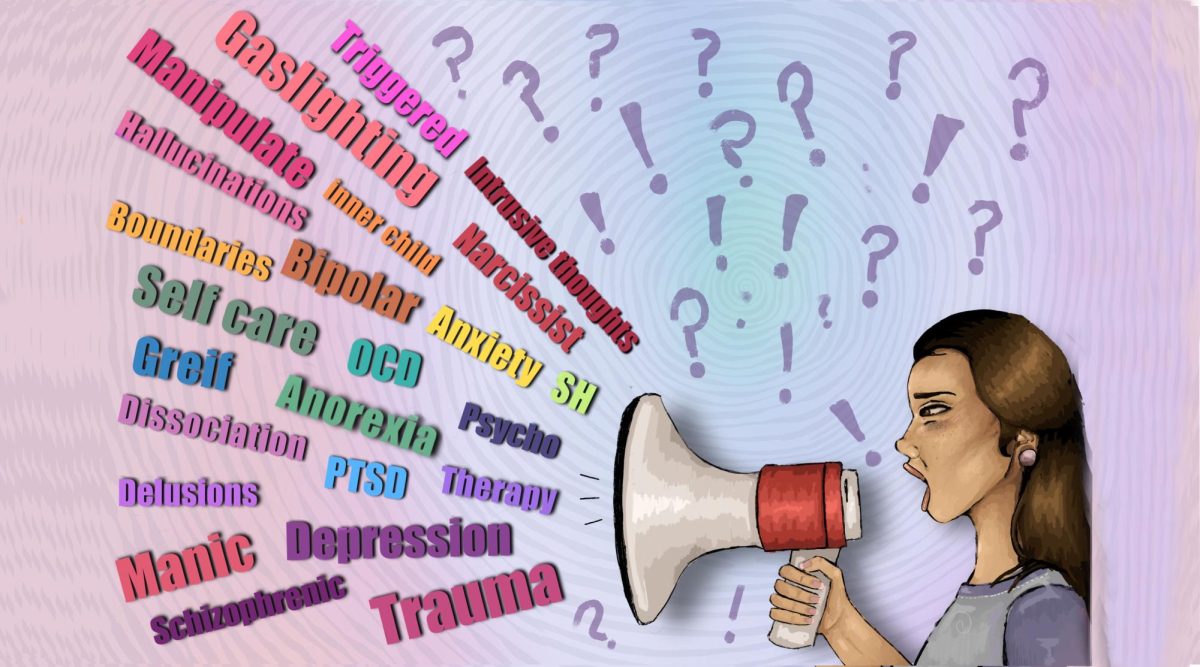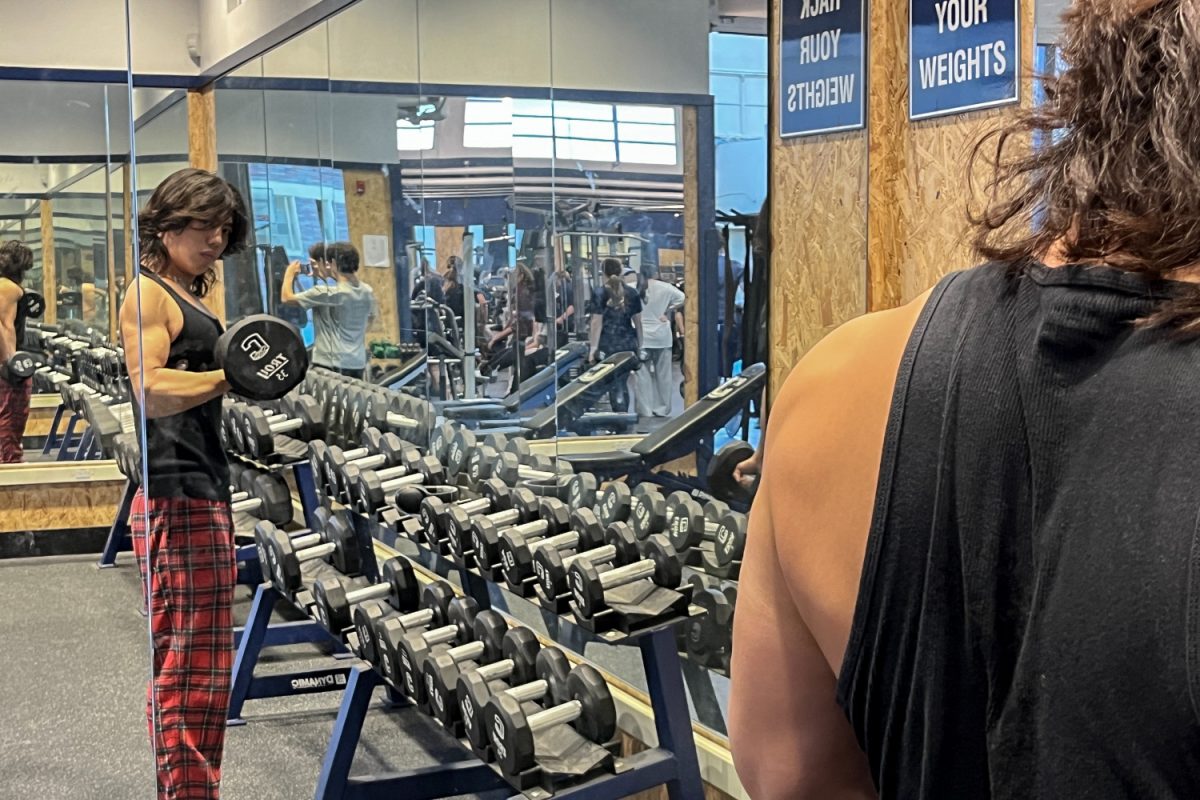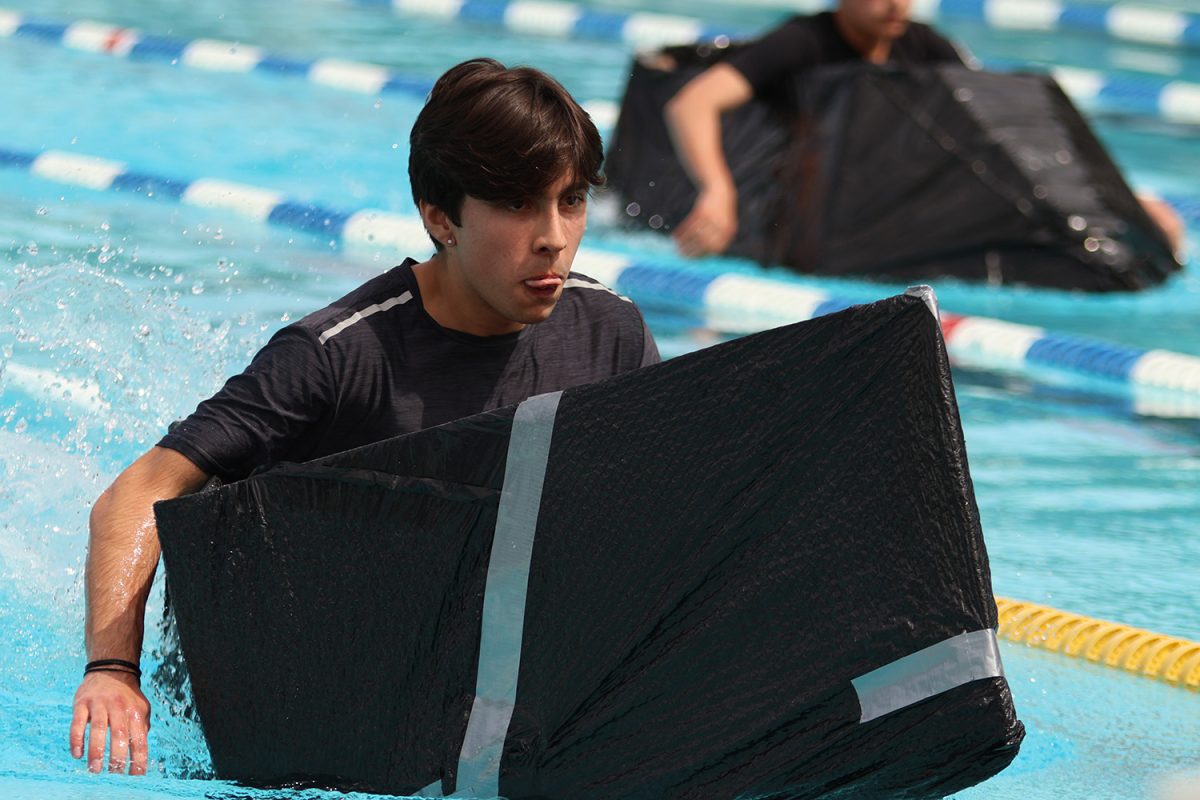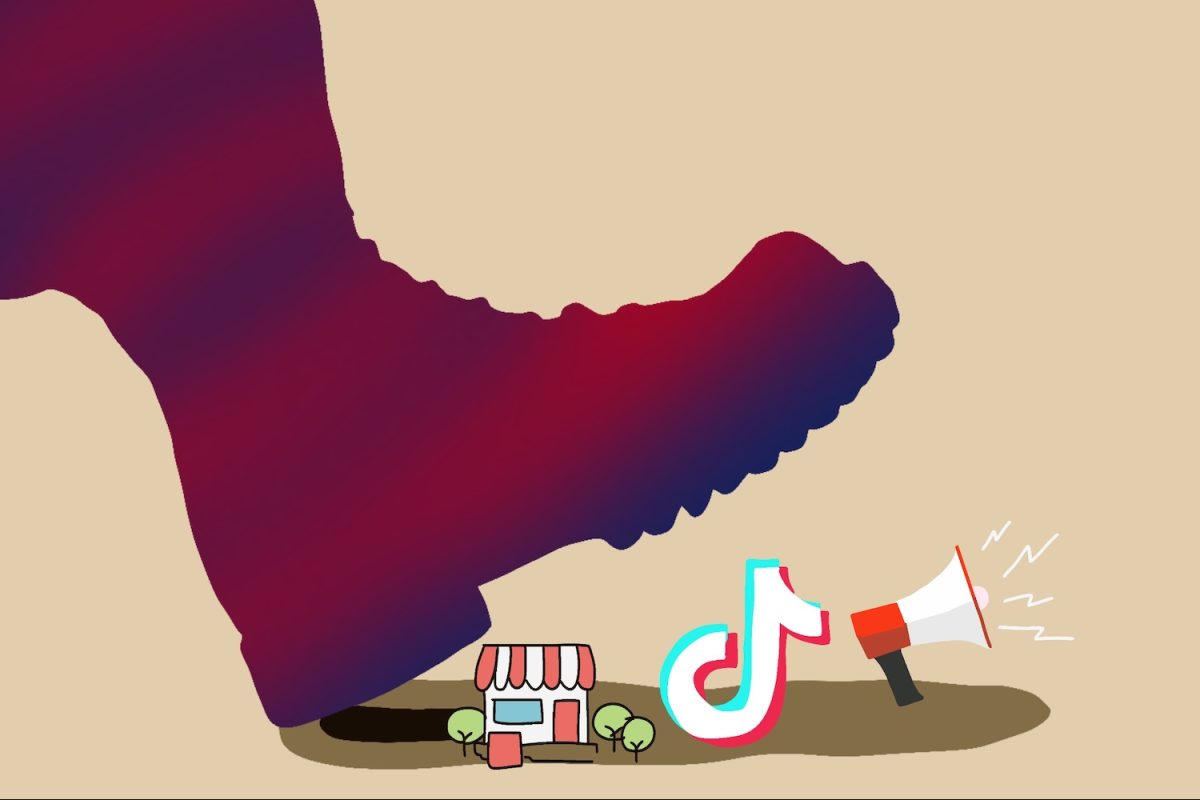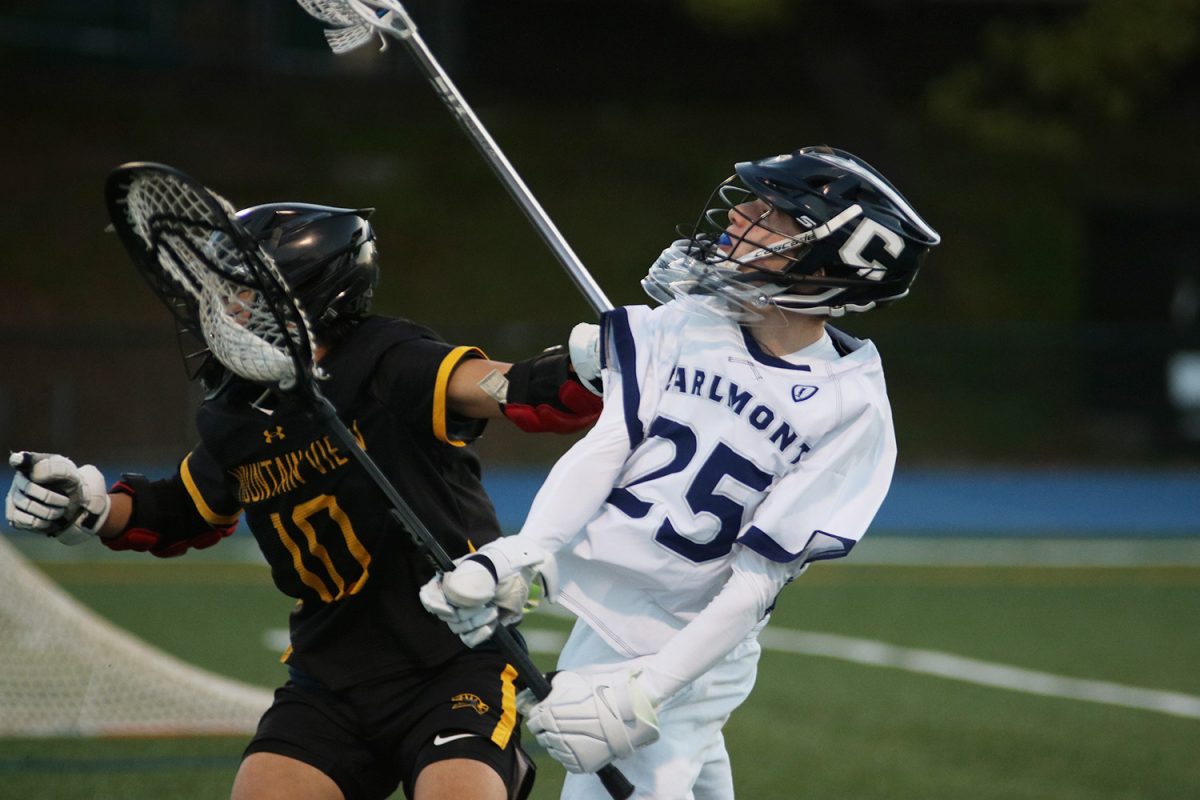Onstage dancers look beautiful and graceful. But off stage, dancers must face the blisters, the anxiety, and the tears.
After every dance rehearsal and show, dancers are exhausted. Many leave the studio popping a couple of Advils to fight the physical pain from dancing so much.
Dancing is a commitment that, for many, dictates their lives: how they eat, look, and feel. Devoting the majority of their time to practice is unavoidable to develop the skills to dance well and to make challenging techniques appear effortless.
Being a dancer is hard.
“Every dance environment has a lot of drama,” said Holly Koda, a sophomore in advanced dance, “It’s always a competition, like who is the best.”
At some dance studios, there is a lot of pressure to dance well and be the star of every show. The best dancers get solos and receive more attention from the dance teacher. The rest fade into the background overshadowed. Naturally, most dancers want to be the best, but being the best calls for a sacrifice.
Ame Secrist, the Carlmont dance instructor, has watched many dancers through her years of teaching. Luckily, there have not been many dancers who have come to her facing problems.
“I have initiated one on one discussions with a student about an issue that resulted in referrals to our school counseling department,” said Secrist.
Most teachers like Secrist try to keep an eye out for their students, but there are always those that fall through the cracks.
Dancers often struggle to balance the physical and emotional strain placed upon them. Burdens from friends, school, and dance are constantly challenging their mental health.
For many, physical stress formulates itself in the form of body image issues. There is a constant pressure from other dancers and from their teachers causing high-stress levels that are reflected in their health. Some dancers start dieting at a very young age and develop many body image issues over time.
“Many dancers that I know have anorexia, I used to have it, but I got better and I’m now helping my friends,” said Koda.
According to research published in PubMed, 12 percent of dancers suffer from an eating disorder, 2 percent from anorexia, 4 percent from bulimia and, 10 percent for eating disorders not otherwise specified. The numbers are even higher for ballet dancers; 16 percent of whom suffer from an eating disorder, 4 percent from anorexia, 2 percent from bulimia, and 15 percent from eating disorders not otherwise specified.
The illusion that dancers would be happier if they were skinnier is present in studios; some dancers don’t let it affect them, others are not so lucky.
“It took a long time because my anorexia was made from depression, and I did it as a self-harm,” said Koda.
As dancers diet and abuse their bodies, their bodies start to get weak from the lack of sleep and nutrients. Some even stop enjoying dance because they are in so much pain and are constantly getting hurt.
“I knew that I had anorexia because I didn’t eat anything, and I was losing weight and it made dance hard because I got hurt a lot and I got tired faster,” said Koda.
Audrey Crook, a sophomore in Carlmont dance, faced body image issue in the past but she did not let it affect her. She trusted her doctor to let her know if there was something wrong.
“I have had the typical dancer thoughts of becoming slimmer and I thought of going on a diet, but I’m fifteen, I shouldn’t go on a diet. That’s what’s unhealthy for me,” said Crook.
Koda was not so lucky and experienced the internal stress and pressure first hand.
“I was hungry, but I wasn’t letting myself eat which, I knew, meant I had an eating disorder,” said Koda.
Many dancers like Koda who fought against the urge to eat don’t always realize their problems unless someone tells them. Then once they are aware of the problem, restoring their health is the next step challenge.
“Through taking medication and my friends buying food for me so I’d have to eat, it became normal to eat again,” said Koda.
Recovery was easier for Koda with help from friends and family members than if she was fighting the problem alone. Many dancers have gone through this stage of trying to lose weight, but not all are lucky enough to survive unfazed. So next time you watch a dance show, know that behind at least one of those beautiful smiles lies a soul that has gone through more than the world can imagine.
The balance between a dancer and a human | Online Slideshow by Slide.ly

